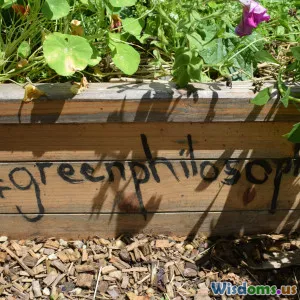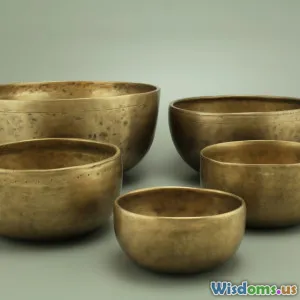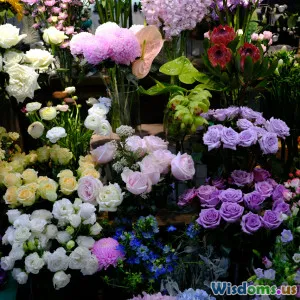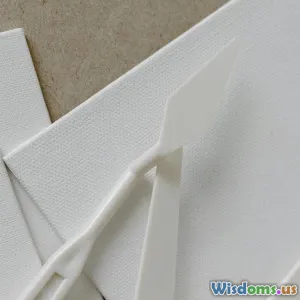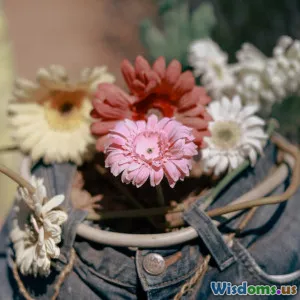
Jeans to Greenery DIY Upcycled Denim Pocket Planters
16 min read Transform old jeans into creative upcycled denim pocket planters for sustainable, stylish indoor or outdoor gardening. (0 Reviews)
Jeans to Greenery: DIY Upcycled Denim Pocket Planters
Is there life beyond old jeans? Absolutely—especially if you’re ready to blend sustainability, creativity, and greenery into one of the year’s trendiest home décor projects: upcycled denim pocket planters. In an era where eco-friendly living and stylish DIY are thriving, transforming those worn-out jeans into charming planters offers both environmental perks and a dash of personality to any space.
Let’s step beyond the recycling bin and into a world where your past fashion favorites host lush succulents, fragrant herbs, or trailing ferns on walls, patios, and balconies. Read on to see how the humble denim pocket finds its new life as a vibrant vessel for plants, and get inspired to craft your own living masterpiece.
Why Upcycle Denim into Planters?
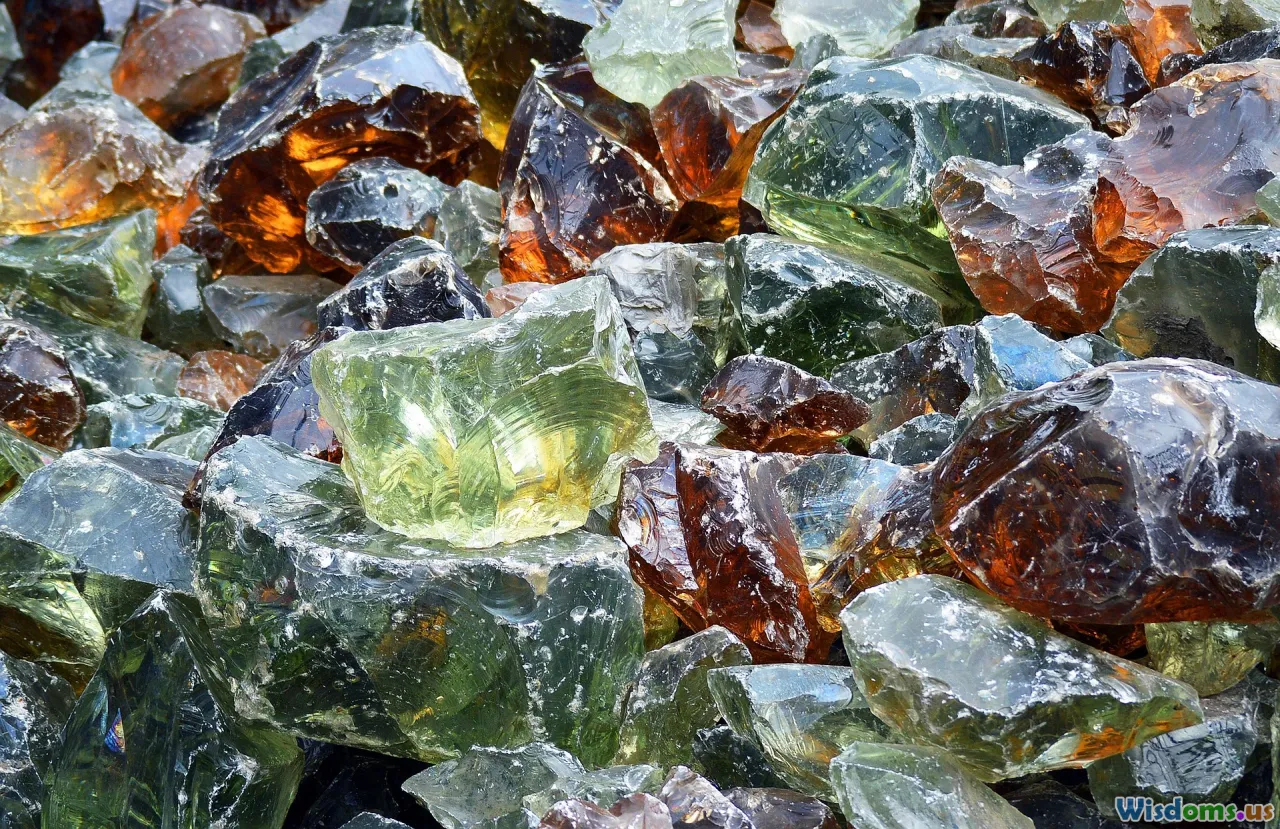
Denim is a durable fabric—so durable, in fact, that most jeans outlast their fashion moment. Sadly, over a billion jeans are sold globally each year, and many end up in landfills, where the cotton fibers rot slowly, generating methane gas. By upcycling jeans into planters, you redirect this resource into something beautiful and beneficial, reducing landfill waste and giving denim a second chapter.
- Durability: Denim's tough weave makes it ideal for storing soil and withstanding moisture, especially when reinforced.
- Aesthetics: The range of indigo hues, fading patterns, and personalized wear give each pocket planter a unique look—no two will ever be alike!
- Versatility: These planters work indoors and out, and can be attached to walls, fences, or sat neatly on a windowsill.
For example, eco-artists like Natalie Fernandes use entire legs of jeans to line planter boxes, while designers such as Lucy Hardcastle stitch denim pockets to exposed brick for an industrial-loft vibe. Upcycling old jeans is more than a craft—it's a creative protest against the fast-fashion cycle.
Selecting the Right Jeans and Pockets

Before starting your project, sort through your old denim. Not all jeans are equal for pocket planters:
Fabric Weight and Quality:
- Opt for heavyweight denim, which will retain structure when loaded with soil and plants.
- Inspect for holes, excessive thinning, or weakened seams. While a bit of fraying is charming, denims nearly worn-through won't support the weight for long.
Pocket Size and Shape:
- Rear pockets are best: typically sturdier, larger, and already reinforced at stress points.
- For mini planters or propagators, try coin pockets or even kids’ jeans for tiny succulents.
Personalization Opportunities:
- Some jeans feature decorative stitching, branded leather tags, or embellishments—let these add flair to your finished planters.
A tip from longtime DIYer Jade Song: “Jeans that fit you best often make the best planters—it’s like sharing your style with your space!”
Tools and Materials You’ll Need
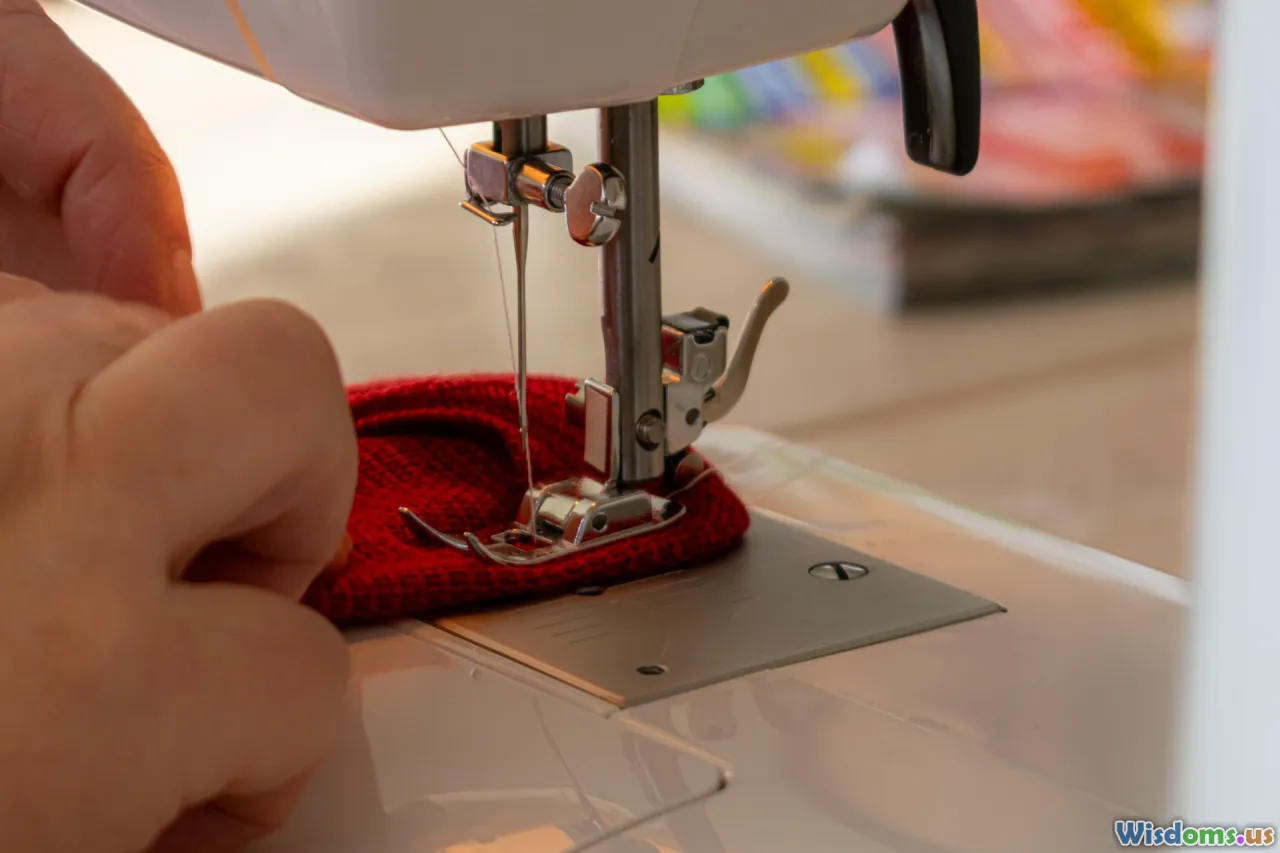
Gather the essentials for a hassle-free experience:
- Old denim jeans or cut-off pockets
- Scissors (fabric shears recommended)
- Sewing needle and strong thread (poly-cotton or upholstery thread works great)
- Pins or seam clips
- Hammer and grommets (for wall-hanging planters)
- Liner material (plastic bag, painter’s drop cloth, or coconut coir)
- Hooks, nails, or twine (for hanging options)
- Potting soil
- Suitable plants (succulents, herbs, pothos, etc.)
Optional Extras: fabric paints, patch kits, decorative buttons or beads for embellishing your planters.
Step-by-Step Guide to Upcycled Denim Pocket Planters

1. Cutting the Pocket
Lay the jeans flat, identify the pocket you want, and cut broadly around its shape (leave a 1–2 inch border). Use this excess material for seam security or decorative trim later.
2. Reinforcing and Neatening Edges
Using a whipstitch or zig-zag, sew around the pocket’s cut edges. You can also fold and hem the excess fabric under for a tidier edge. If you have a sewing machine, a quick zig-zag or overlock stitch will help prevent unraveling over time.
3. Adding Structure or a Liner
To prevent soil and moisture from leaking:
- Plastic Liner: Upcycle a clean plastic bag; cut it to fit, tuck inside the pocket, fold the top edge over, and sew or glue in place.
- Coconut Coir: For a fully biodegradable project, use coconut coir—the same material in many hanging baskets. Line the inside before filling.
- Stiffening: For wall-hung planters, sandwich cardboard between pocket layers, avoiding the watering zone.
4. Creating Drainage (if needed)
Poke small holes with a punch (or sharp scissors) at the bottom of your liner to allow for excess water to escape. For desk or table-top arrangements, add a few river stones at the bottom for passive drainage.
5. Hanging the Planter
Attach grommets or stitch reinforced tabs to the pocket’s upper corners. Thread through string, thin rope, or hang directly from a nail or salvage hook. For a boho look, macramé holders work beautifully.
6. Planting Time
Fill with suitable potting mix. Choose drought-tolerant plants like succulents or trailing varieties like pothos, which thrive even in unpredictable moisture.
Success Story: When Garden Commons in Portland, OR, hosted a community event, nearly 70 denim pocket planters were made and hung all around a school’s fencing, each planted with ferns and edible nasturtiums—demonstrating how trash can become community treasure.
Choosing the Right Plants: Best Varieties for Denim Planters
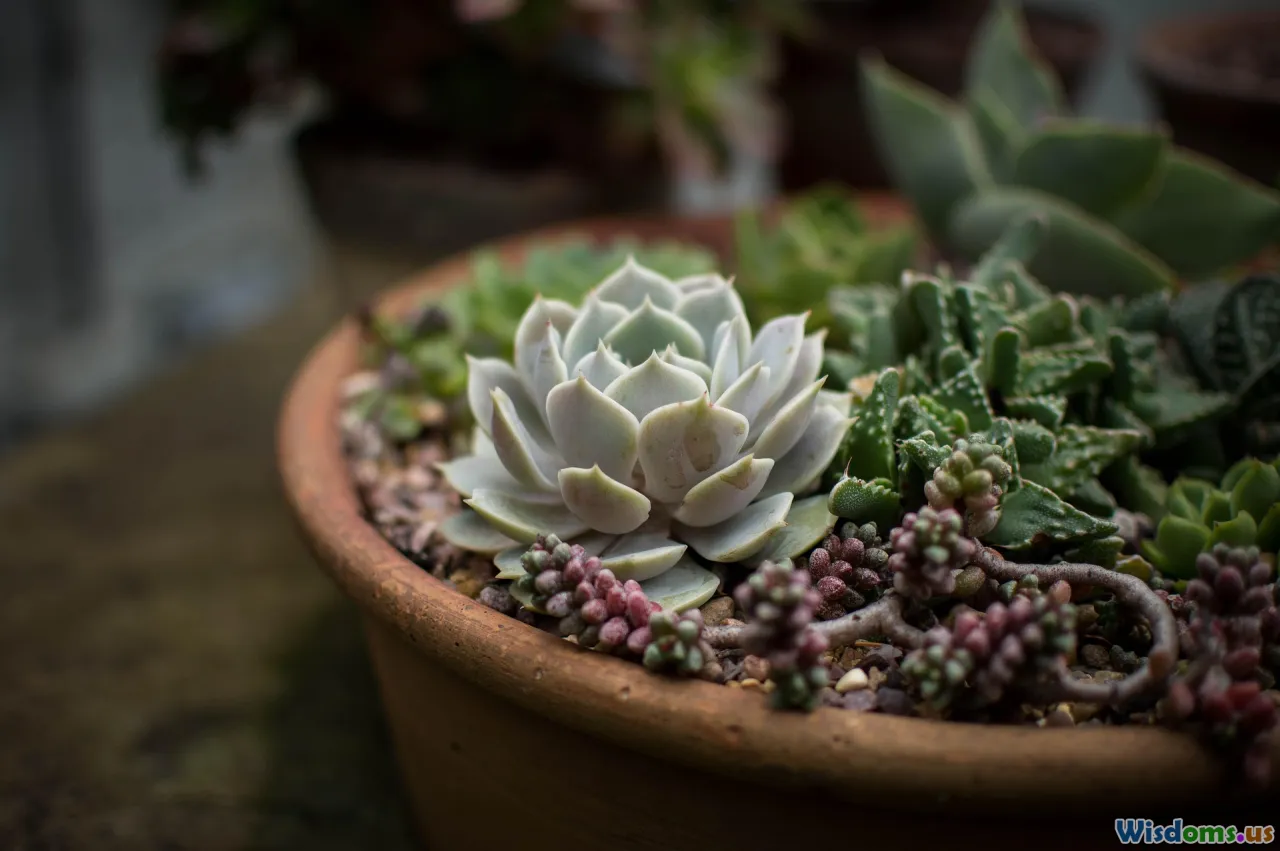
The plant options are nearly limitless, but pocket planters have physical constraints, so choose plants that are compact, undemanding, and compatible with the conditions.
- Succulents like Echeveria, Sedum, and Haworthia are almost indestructible, tolerant of shallow soil, and striking amid blue denim.
- Air Plants (Tillandsia) need no soil—perfect for denim as no leaks, just occasional misting.
- Herbs such as thyme, oregano, or compact mint create living kitchen décor; if outdoors, trailing strawberries can also work.
- Houseplants like pothos, philodendron, or small spider plants can trail elegantly from pockets on a wall.
- Hardy annuals: Marigold, nasturtium, or alyssum thrive in sunny wall pockets.
Pro-Tip: For children’s or teachers’ gifts, add tiny garden markers or painted stones for a doubly personalized planter.
Customizing Your Denim Pocket Planters

Now for the fun part: infusing personality!
Ideas and Techniques:
- Fabric Paint and Dye: Use fabric paint to decorate pockets with floral motifs, abstract designs, or even plant labels.
- Fabric Patches: Add bold patches or leftover denim strips for texture.
- Beads & Buttons: Sew on a few bright buttons or beads for quirky flair.
- Stenciling: Use stencils for consistent patterns—such as vines, geometric shapes, or even inspirational words.
- Embroidery: For advanced crafters, try simple embroidery around pocket edges or over an old logo.
Case in point? Eco-chic influencer Harmony Page resells upcycled denim planters with celestial-themed silver embroidery and adorned with reclaimed wooden beads, each piece a unique, functional art object.
Innovative Display Ideas

Denim pocket planters contextually thrive in a variety of settings. Here are some display approaches to maximize their impact:
- Vertical Garden: Arrange multiple pockets on a wood board, recycled pallet, or along a backyard fence for a living wall effect. Mix and match colors or coordinate gradients.
- Example: The New Roots Urban Garden project in Detroit installed a 6-ft tall wall with 50+ pocket planters filled with edible greens.
- Entryway Décor: Hang a single pocket beside your front door, planted with a trailing ivy for a welcoming touch.
- Workspaces and Dorms: Pin one to a corkboard or cubicle wall with an air plant or a pothos sprig.
- Windowsill Line-Up: Arrange several pocket planters along a sunny sill—ideal for herbs in a kitchen.
- Patio Fence Accent: Brightly-painted denim pockets provide a burst of color and texture to otherwise bare wood or chain-link fencing.
Display Tip: Always monitor sunlight and watering needs—choose a spot based on your plant’s preference for light and airflow.
Denim Planter Maintenance: Keeping It Fresh
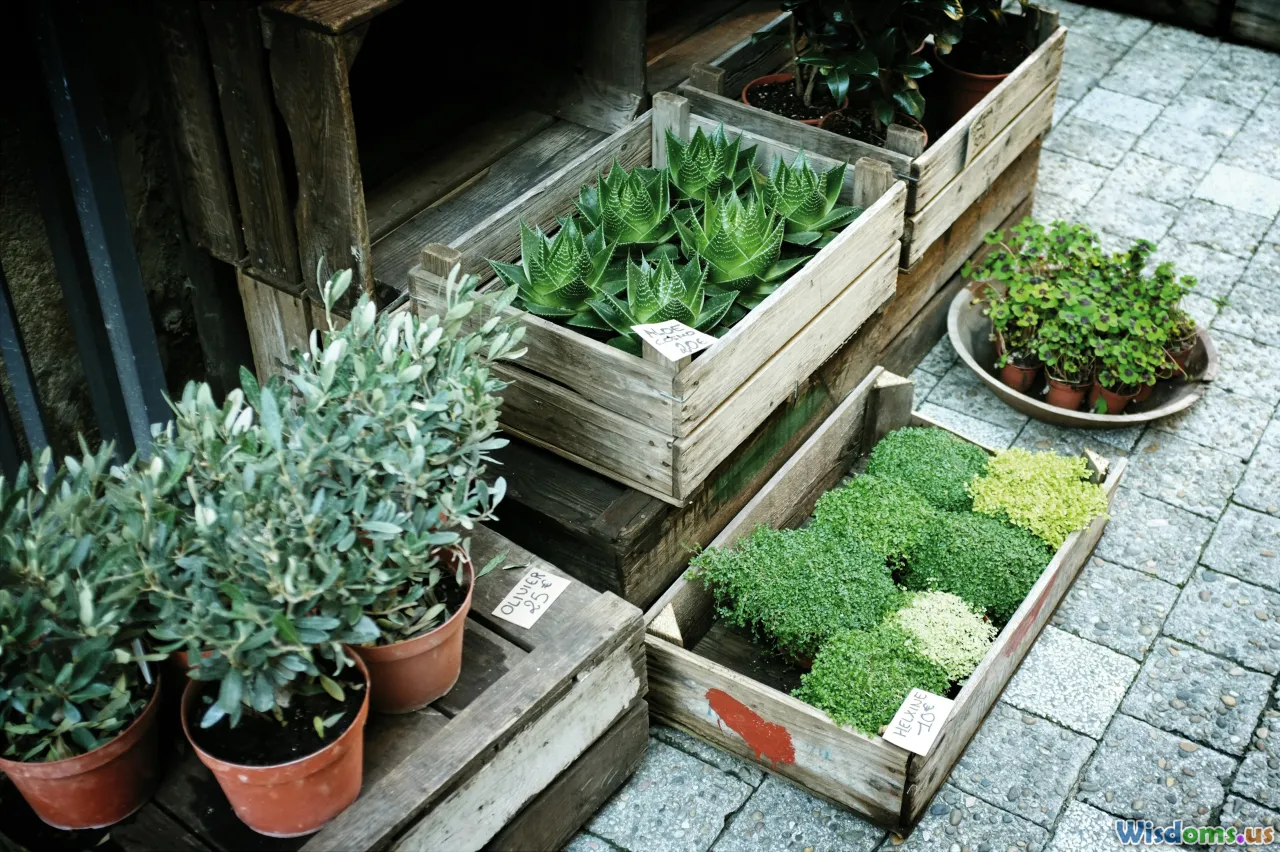
Even the sturdiest denim will age differently as a planter. Here’s how to ensure both your plants and their pockets thrive:
- Watering: Check regularly, as fabric planters may dry quicker than standard pots. Water just as soil feels dry to the touch.
- Inspect for Rot: Excess moisture or overlooked spills can cause mildew. Liners and proper sewing help but always avoid overwatering.
- Watch for UV Fading: Outdoor planters will fade charmingly over time, but for deep indigo color, limit direct midday sun or spray with fabric protectant.
- Trim Plants: Encourage bushiness and long planter life by snipping back leggy stems or faded flowers.
- Refill & Reinforce: After 1–2 seasons, recheck the structure. Add more stitching or a new liner as needed—this is a good chance to restyle your piece!
Maintenance Tidbit: Hanging planters can occasionally tilt or tip, especially if newly watered. Secure with double hooks or weighting at the base of the pocket.
Sustainability Impact: Denim Upcycling At Scale

On average, just one pair of jeans takes 1,500 gallons of water and nearly 90 pounds of carbon emissions to produce. Upcycling just 1% of the 450 million jeans Americans trash every year would save millions of tons of fabric waste—let alone the downstream savings in emissions and landfill burden.
Community Projects: Schools, garden clubs, and urban farms making denim planters out of donated jeans spark conversations about sustainability—turning a single-handmade pocket into an educational tool and public art. For example, Chicago’s Pocket Garden Collective has over 4,000 denim planters brightening abandoned lots since 2022.
Upcycling Networks: Etsy, Instagram, and Pinterest are full of artists pioneering new denim upcycle ideas—making wallets, hats, rugs, and, of course, creative planters that both sell and inspire.
If every home used just two denim pocket planters, the cumulative effect could revolutionize urban gardening and reuse culture, making greenery more accessible while slashing waste.
Tips for Successful Upcycling

- Wash Beforecutting: Ensure old jeans are clean. Dirt and oils interfere with both sewing and plant health.
- Test for Colorfastness: Indigo may bleed—rinse the denim or use a fabric fixative if around porous surfaces.
- Layer with Care: If sewing is a struggle, use a thimble or small pliers to push large needles through tough layers.
- Recycle All Parts: Don’t waste: Use artsy jean labels as tags, the zipper as a plant hanger, or strip seams for rustic ties.
- Have Backup Planters: Start with three or four—some may become experiment pieces as you learn.
Community Wisdom:“The best planters come from the oldest, most loved jeans. Little scars, patches, and paint splatters become stories as plants grow.” — Alyssa Burke, craft teacher
A pocket here, a plant there—soon walls, yards, and neighborhoods brim with life rescued from the fast-fashion waste stream. As you transform your wardrobe castaways to eco-minded home accents, you’re not just reducing waste. You’re nurturing roots, creativity, and a future for sustainable living—one denim pocket at a time.
Rate the Post
User Reviews
Popular Posts










